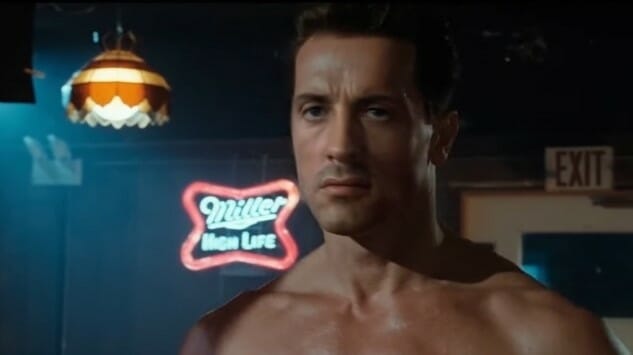Creepily Accurate Cinematic “Deepfakes” Are Proliferating on YouTube
Photo via YouTube, Ctrl Shift Face Movies News Deepfakes
Most of our pop cultural knowledge of the emerging phenomena of “deepfake” videos tends to come as a result of frightening headlines of a sociopolitical nature. The thought that AI and machine learning can be used to create borderline photo-realistic images of political figures—such as President Obama, in a few prominent examples—saying or doing something they never said or did is a terrifying one, given the already existing American disregard for reality in so many scenarios. In a world where deepfakes are a possibility, does it not give the intentionally ignorant an excuse to call literally any video they don’t want to acknowledge “fake”?
And yet, there are also more weirdly esoteric, if theoretically harmless uses for the same technology cropping up on YouTube at an accelerated rate. One that you may have seen recently is the phenomenon of using deepfakes to swap out or replace the faces of actors in various roles. Sometimes this is used for strictly comedic effect, in a way that highlights the unreality of the technology, such as this bit of sticking Arnold Schwarzenegger’s face onto Bill Hader’s body during a Conan interview.
Other times, however, these deepfake swaps are trying for a more seamless and deep immersion, and the results that a single person can pull off are genuinely rather astounding. Just look at the below scene from Terminator 2, wherein YouTube user Ctrl Shift Face pulls off a sublime fake that inserts the face of Sylvester Stallone over that of Schwarzenegger to complete the possibility first suggested by The Last Action Hero. Coupled with the character’s hair not changing, it forces a true uncanny valley experience for the viewer.
And keep in mind—this is an emerging technology, still in its infancy. Five or 10 years from now, will the average person have any way of telling whether what they’re watching is “real”? What will happen to our conception of real video, as a result?
And to think, we once feared the threat of robots from the future. Now we have to worry about robots from the present.